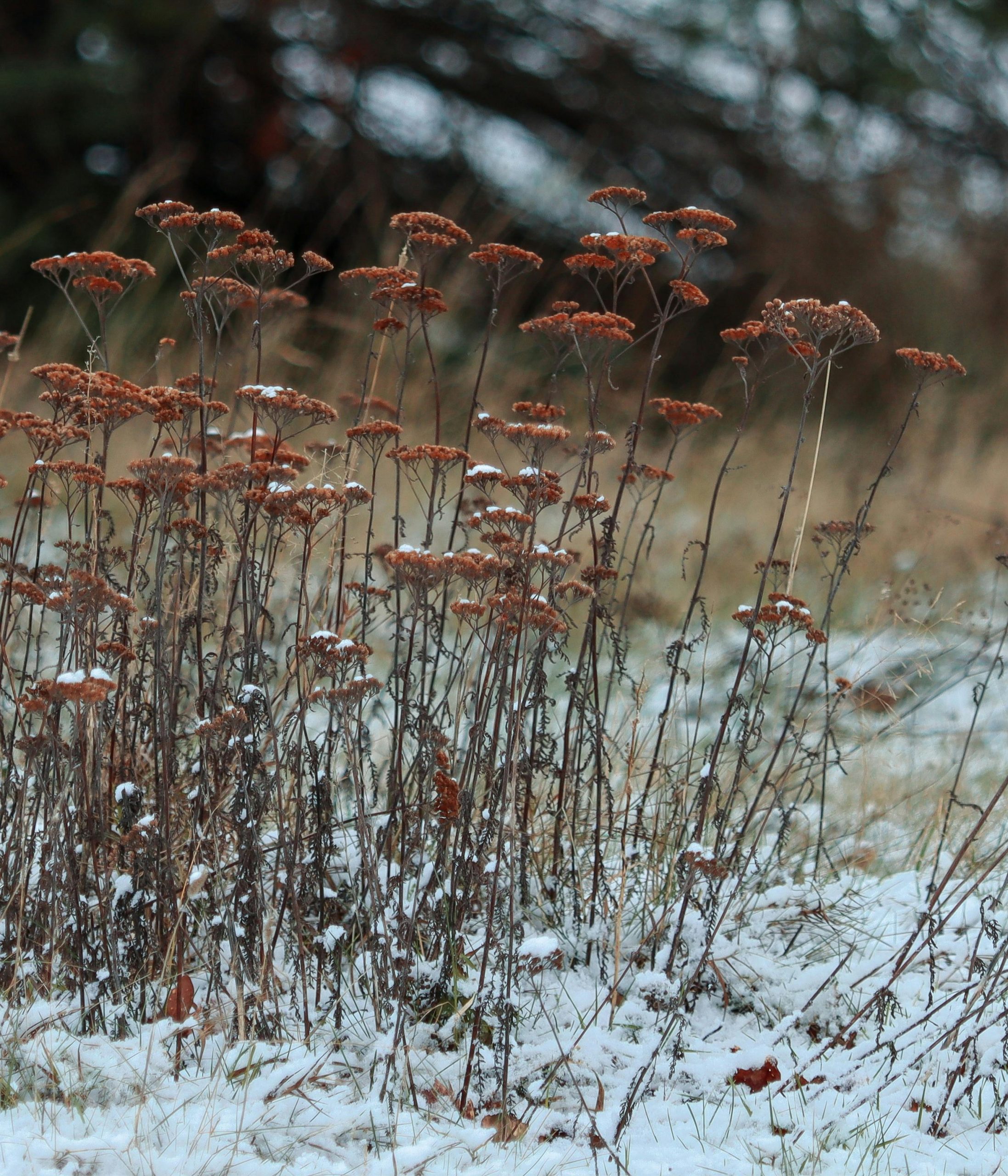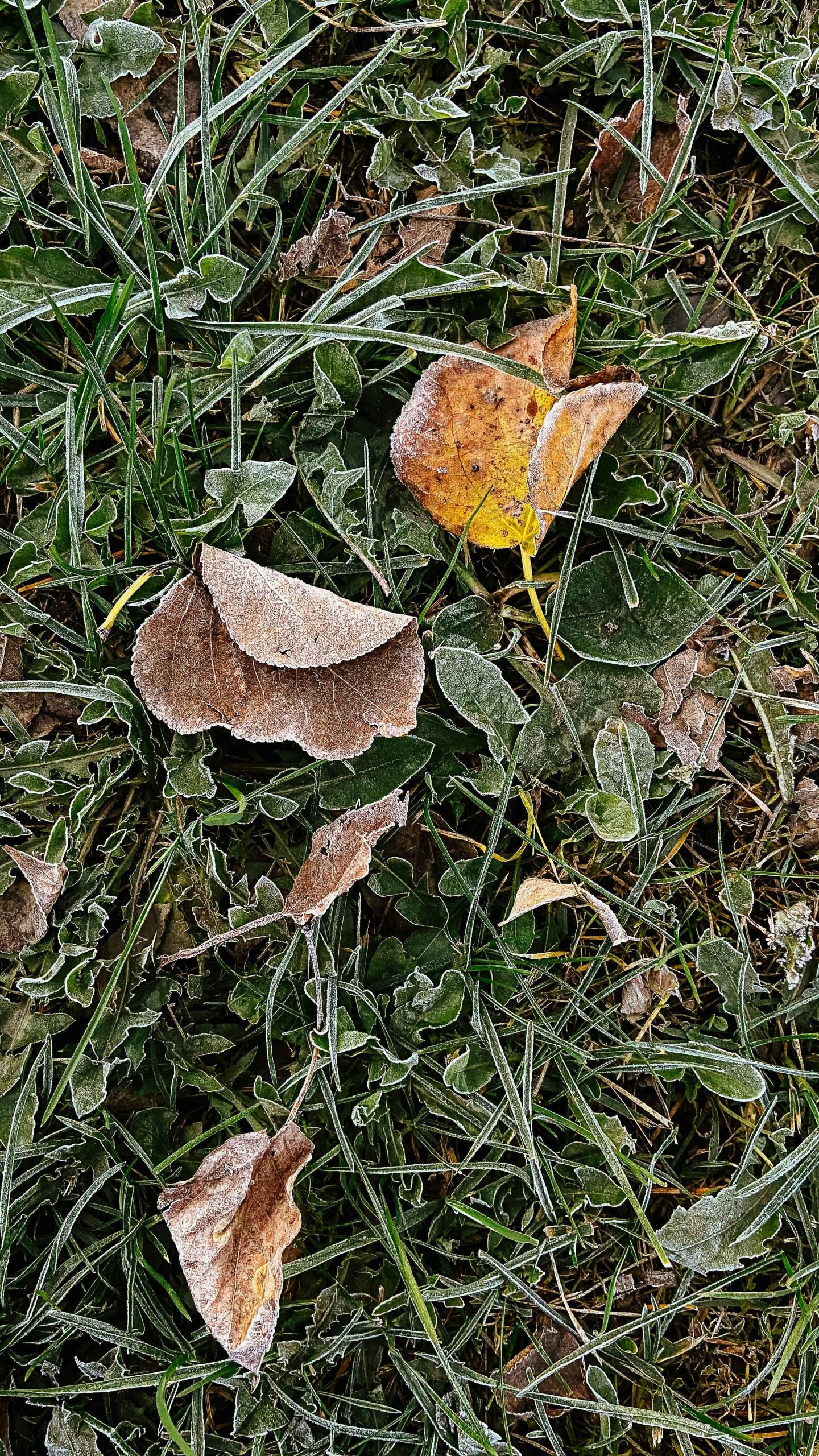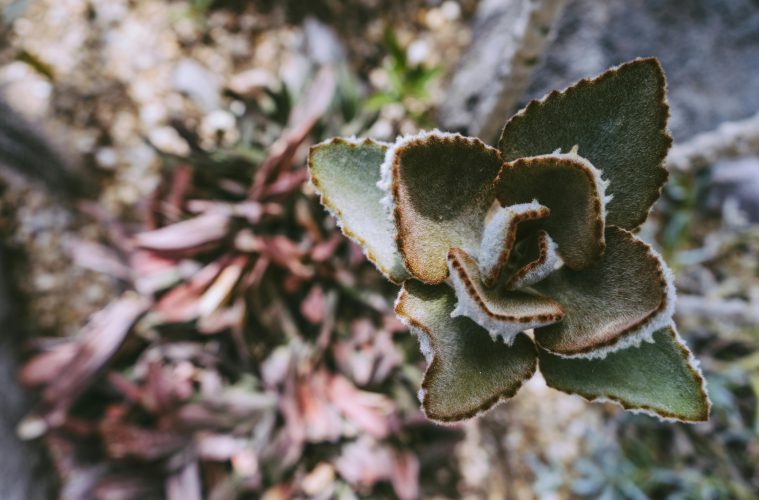As winter has passed and the temperatures have dropped, most gardeners assume it’s time to pack away the tools and wait for spring. But your garden doesn’t go completely dormant just because it’s cold. In fact, with some plants, it is an ideal time to prepare your garden for the growing season ahead. Let’s debunk the myths associated with winter.

Image Credit: Pexels
Plants cannot survive in winter
Cold weather might seem like a death sentence for some garden plants, but this is one of the most common misconceptions among many gardeners. While it is true for some plants that struggle in freezing conditions, many plants are resilient and well-adapted to survive even the harshest of climates. Gardeners need to plant more hardy evergreens that are frost-resistant. Such adaptations help the plants endure cold spells and snow, making them reliable additions to any garden.
Your plants don’t need watering
With temperatures low and frost blanketing the ground, it’s easy to think that watering is unnecessary during winter. But this belief can jeopardise your plants. Even though the plants grow at a slow rate in winter, they can continue to lose moisture, especially in cold, dry conditions. Without the right hydration, both winter plants and dormant species can suffer. Water remains essential year-round.
Fertilising in winter is a waste
One of the most common myths about winter gardening is the saying “fertilising in winter is useless”. Although most plants are dormant. The assumption isn’t entirely accurate. While many plants slow their growth, their roots, however, remain active and can benefit from nutrients. Carefully timing the application of fertiliser can support the health of your soil, preparing it for early spring revival.
Pests don’t attack in winter
One of the most persistent myths about gardening in winter is that pests and diseases disappear during the winter, leaving your plants safe. However, while many pests may not be active above ground, some activities may be happening deep in the soil. Fungal spores and bacteria may linger, posing a risk to plants provided the conditions are favourable.

Image Credit: Pexels
ALSO SEE: ADVANTAGES OF WELCOMING FROGS INTO YOUR GARDEN
Feature Image: Pexels

